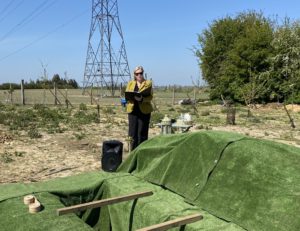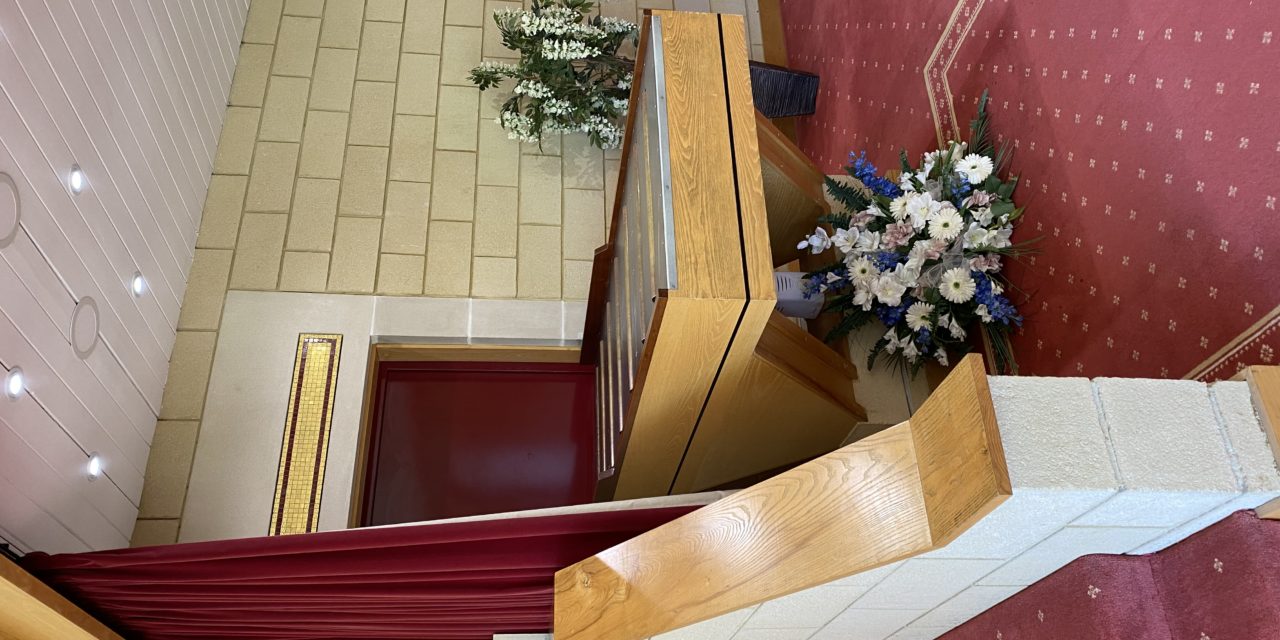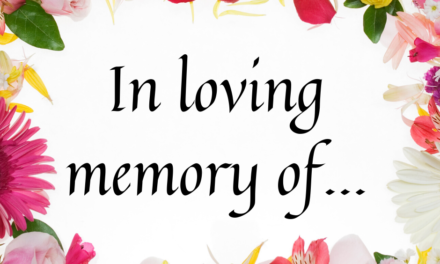 Every person is unique in life and so should they be on their final public outing as it were. What suits one person for a funeral ceremony may not suit another and with this in mind we literally have a blank piece of paper from which to begin. As a Funeral Celebrant I am here to guide you so that there is structure within the ceremony but you may be surprised at just how much freedom we have to capture the essence of the life we are to celebrate.
Every person is unique in life and so should they be on their final public outing as it were. What suits one person for a funeral ceremony may not suit another and with this in mind we literally have a blank piece of paper from which to begin. As a Funeral Celebrant I am here to guide you so that there is structure within the ceremony but you may be surprised at just how much freedom we have to capture the essence of the life we are to celebrate.
Isn’t it strange to say ‘celebrate’?
Before someone dies, there are memories, achievements and precious moments they shared with you. Just because they are no longer with us doesn’t dilute or erase these, in fact, in some ways, they should be amplified. My remembering the wonderful moments spent with a person is a vital part of the grieving process. Grief is, after all, born out of LOVE!
Things to think about…
Whether the ceremony is to be held in a Crematorium, or at a graveside there are a number of options you can consider with celebrant led funeral. Here’s a basic idea of what content would be included but remember, you aren’t restricted to this format;
- Entrance Music
- Welcome and Introduction
- Eulogy/Tribute
- Music
- Readings/Family Words/Memory Sharing
- A Prayer, (Civil Celebrants are able to include both religious and non religious content as would be deemed suitable)
- Lord’s Prayer
- Committal
- Closing Words
- Music
The above bullet points give you an idea but you can add more music or readings as needed. The only thing to consider with the amount of content within the ceremony is the time limit.  Crematoria usually allocate time slots of 45 minutes to an hour. This doesn’t mean that you have all that time to use for the ceremony and the chapel will need to be cleared from the previous ceremony and prepared for you. Your celebrant will be able to work with you to make sure you are within the time constraints. Civil burials, however, don’t have the same constraints, there is more flexibility here than with a Church led graveside tribute. Although that’s not to say you can’t remain by the grave and continue on your own terms after the priest/vicar has concluded the formal part of the ceremony.
Crematoria usually allocate time slots of 45 minutes to an hour. This doesn’t mean that you have all that time to use for the ceremony and the chapel will need to be cleared from the previous ceremony and prepared for you. Your celebrant will be able to work with you to make sure you are within the time constraints. Civil burials, however, don’t have the same constraints, there is more flexibility here than with a Church led graveside tribute. Although that’s not to say you can’t remain by the grave and continue on your own terms after the priest/vicar has concluded the formal part of the ceremony.
When it comes to organising a funeral you will have the support of both the Funeral Director and the Officiant who are there to guide you through the options and ensure that you give your loved one the send off that’s fitting to them. One piece of advice, if you have a question, ask it! Don’t think that it may be a silly one, ask it! It will give you peace of mind.
A funeral is a final tribute to someone you cared about so making sure that you honour their wishes and create a suitable send off is a wonderful thing you can do in their memory, but remember that you aren’t alone.
If you have any questions I’m happy to answer or point you in the right direction if needed.






